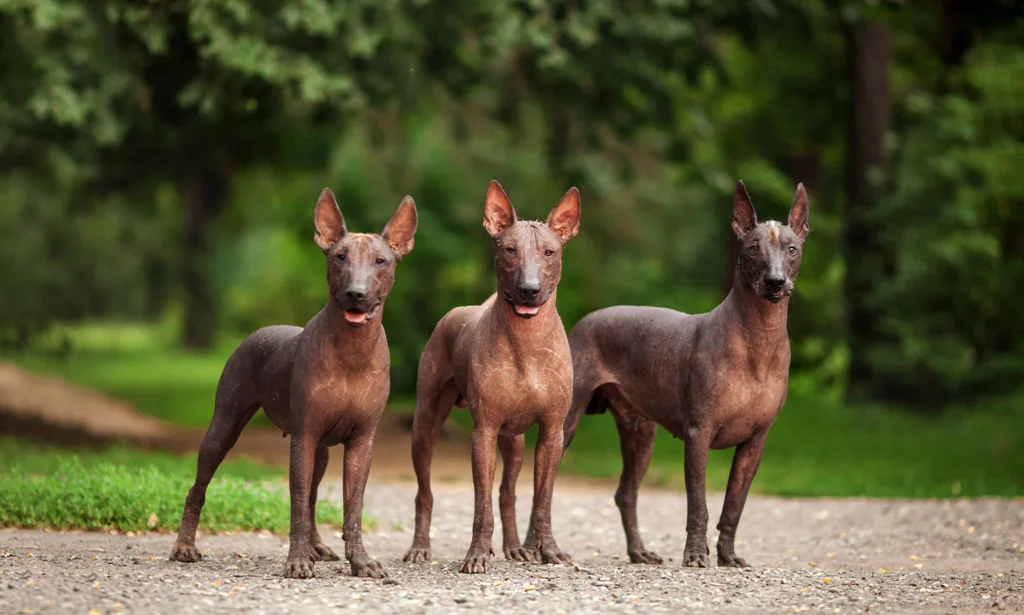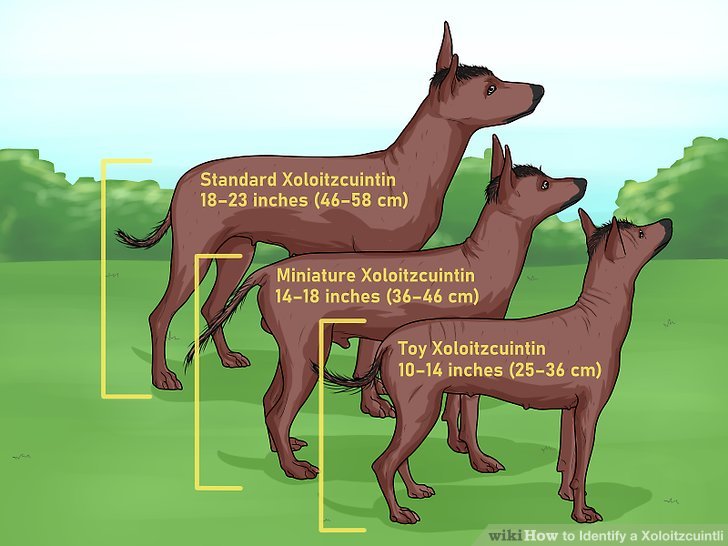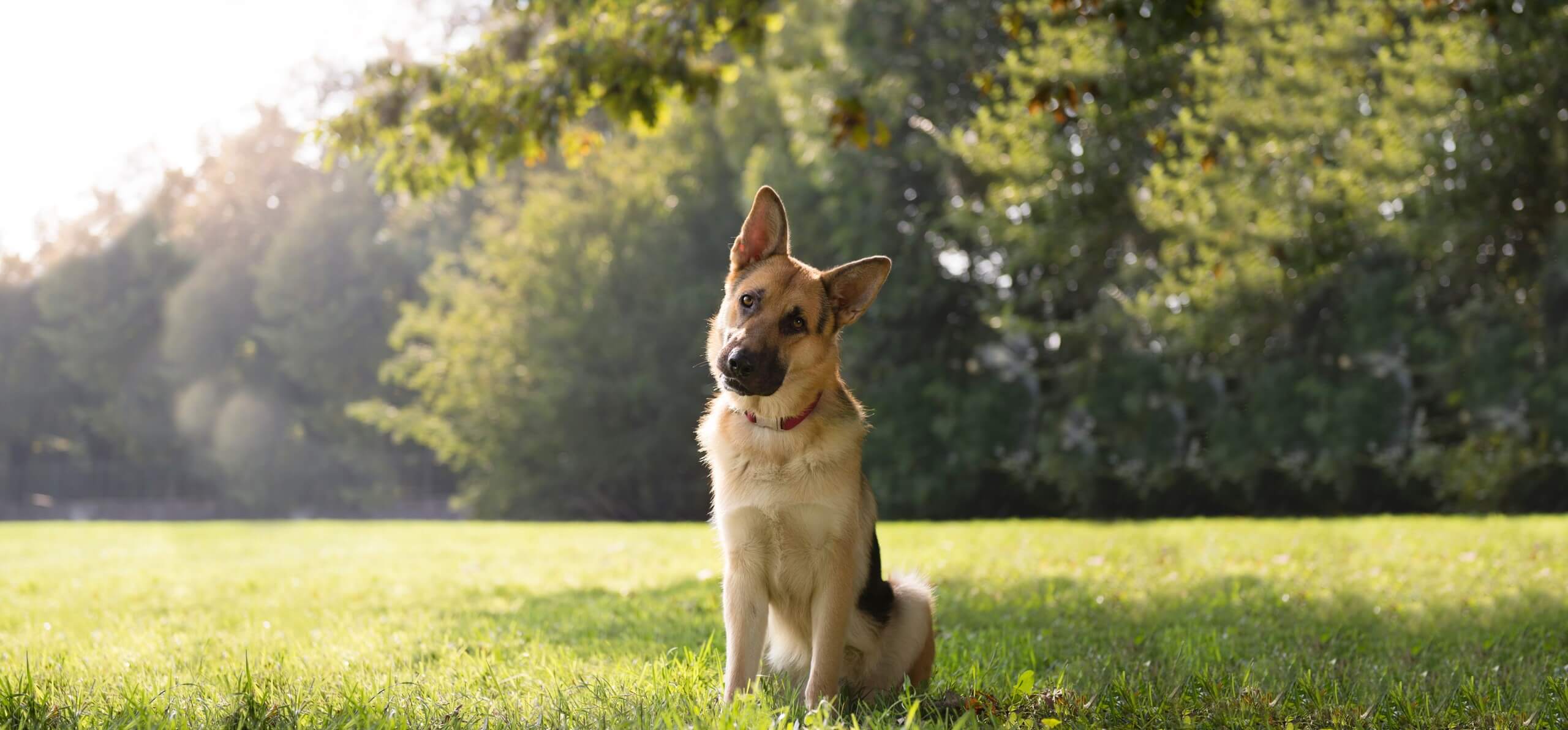Why Is the Xoloitzcuintli So Rare?

The Xoloitzcuintli, also known as the Mexican Hairless Dog or simply the Xolo, is an ancient breed that has been a part of human history for thousands of years. Despite being one of the oldest dog breeds, the Xoloitzcuintli remains relatively rare today.
The History of the Xoloitzcuintli
The history of the Xoloitzcuintli dates back to pre-Columbian times in Mexico and Central America. Archaeological evidence suggests that dogs with similar characteristics were present as early as 1000 BCE.
One of the earliest recorded references to the breed is found in the Aztec codex, the “Codex Mendoza,” which depicts a hairless dog being offered as a sacrifice to the gods around 1360 CE. This illustration provides valuable insight into the Xolo’s significance within ancient cultures.
The Mayans also revered the Xolo for its unique appearance and hunting prowess. In their mythology, the breed was associated with the god of the underworld, Ah Puch, who rode on the back of a hairless dog to traverse the land.
As European colonization began in Mexico and Central America, the Xolo’s popularity waned due to the introduction of new breeds and cultural influences. However, the breed remained an integral part of Mexican culture, particularly among indigenous communities where it continued to serve as a loyal companion and hunting partner.
In the late 19th century, American and European breeders began to take notice of the Xolo’s unique characteristics. The first written records of the breed in Europe date back to 1880, when a hairless dog was exhibited at the Paris World’s Fair.
The modern era saw increased interest in preserving the Xoloitzcuintli as a distinct breed. In 1955, the American Kennel Club (AKC) recognized the breed, and subsequent efforts led to its inclusion in the AKC Foundation Stock Service in 1977.
What Makes the Xoloitzcuintli Special
The Xoloitzcuintli’s physical characteristics are a defining feature of the breed, setting it apart from other dog breeds. The most striking aspect is its unique coat type, which can be categorized into three main groups:
Hairless: This group accounts for approximately 30% of the breed and features dogs with little to no fur on their body. Some hairless Xolos may have a thin layer of hair only on the head and tail.
Short-haired: The majority of Xoloitzcuintlis (around 60%) fall into this category, characterized by short, smooth coats that require minimal grooming.
Long-haired: The third group is comprised of dogs with long, flowing locks, often referred to as “Long-haired”. This coat type accounts for around 10% of the breed and features a thick undercoat and longer guard hairs.

In addition to these three main coat types, Xoloitzcuintlis can also be classified based on their skin tone: smooth-skinned Xoloitzcuintli have smooth, hairless skin that is often described as “velvety” or “papery.”. Rough-skinned Xoloitzcuintli may exhibit a rougher texture to their skin, which can range from slightly coarse to almost sandpaper-like.
Well-adapted Hunter
The breed’s physical characteristics are influenced by its evolutionary history. Scientists believe that the hairlessness of some Xoloitzcuintlis is an adaptation to hot and humid environments, where excessive fur would be detrimental. This theory is supported by the fact that many ancient civilizations in Mexico and Central America revered the Xolo for its unique appearance.
The breed’s size also varies depending on the coat type: hairless Xoloitzcuintli typically range from 10-20 inches (25-51 cm) in height at the shoulder. Short-haired and Long-haired Xoloitzcuintli tend to be slightly larger, with heights ranging from 15-23 inches (38-58 cm).
The Xoloitzcuintli’s body shape is often described as athletic or muscular, reflecting its original purpose as a hunting companion. Their ears are typically erect or semi-erect, and their tail can range from short to long.
Behavior and Temperament
The Xoloitzcuintli is known for its unique behavior and temperament, shaped by thousands of years of evolution as a hunting companion and family pet.
One of the breed’s most distinctive characteristics is its intelligence. Xolos are highly intelligent dogs that thrive on mental stimulation and training. They have been observed to be problem-solvers, able to figure out complex puzzles and tasks.
Their independence is another notable trait. Xolos can be strong-willed and stubborn at times, requiring patient and consistent training from their owners. However, this same independence also makes them loyal companions that value their relationships with family members.
The breed’s social nature means they are generally good with people, especially those who have earned their trust. They can be wary of strangers initially but will often warm up to new individuals once introduced by a familiar person or in a controlled environment.
Xolos are also known for their strong prey drive and hunting instincts. This natural ability makes them excellent companions for outdoor activities such as hiking, camping, and birdwatching.
In terms of exercise needs, Xolos require regular physical activity to maintain their overall health and well-being. A daily walk or playtime is essential, with more strenuous activities like running or swimming providing additional mental stimulation.
So, Why Is the Xoloitzcuintli So Rare?
There are several reasons why the Xoloitzcuintli is not as common as other dog breeds. One major factor contributing to its rarity is the breed’s historical and cultural significance in Mexico and Central America. The Xolo has been an integral part of these cultures for centuries, serving as a companion animal, hunting partner, and even sacred symbol.
In many indigenous communities, the Xolo was considered a sacred animal, believed to possess healing powers and spiritual connections. This reverence led to careful breeding practices, which often prioritized preserving the breed’s unique characteristics over mass production or commercialization. As a result, the Xoloitzcuintli has remained relatively rare outside of its native regions.
Rare Breed
The Xoloitzcuintli is considered a rare breed, with only a few hundred dogs registered annually in the United States alone. Several factors contribute to its rarity:
- Historical decline: The breed’s popularity waned significantly after the Spanish conquest of Mexico and Central America. As European breeds became more prominent, the Xolo’s unique characteristics were largely forgotten.
- Limited breeding stock: Until recent years, there was a significant lack of purebred Xolos available for breeding purposes. This scarcity has hindered efforts to increase the breed population.
- Genetic diversity concerns: The Xoloitzcuintli is considered an ancient breed with limited genetic diversity. Breeding programs have focused on preserving this unique gene pool, which can be challenging due to the small number of dogs available for breeding.
- Registries and recognition: Although recognized by the American Kennel Club (AKC) in 1955, the Xoloitzcuintli has historically been overlooked or underrepresented within breed registries. This lack of visibility contributes to its relative rarity.
- Breeding challenges: The Xolo’s unique characteristics, such as its hairlessness and wrinkled skin, can make breeding more difficult than for other breeds. Breeders must carefully select dogs with the desired traits while ensuring genetic diversity is maintained.
- Cost and availability of puppies: Due to their rarity, Xoloitzcuintli puppies are often in high demand, leading to higher prices. This increased cost can be a barrier for potential owners who may not have access to these puppies or cannot afford them.










